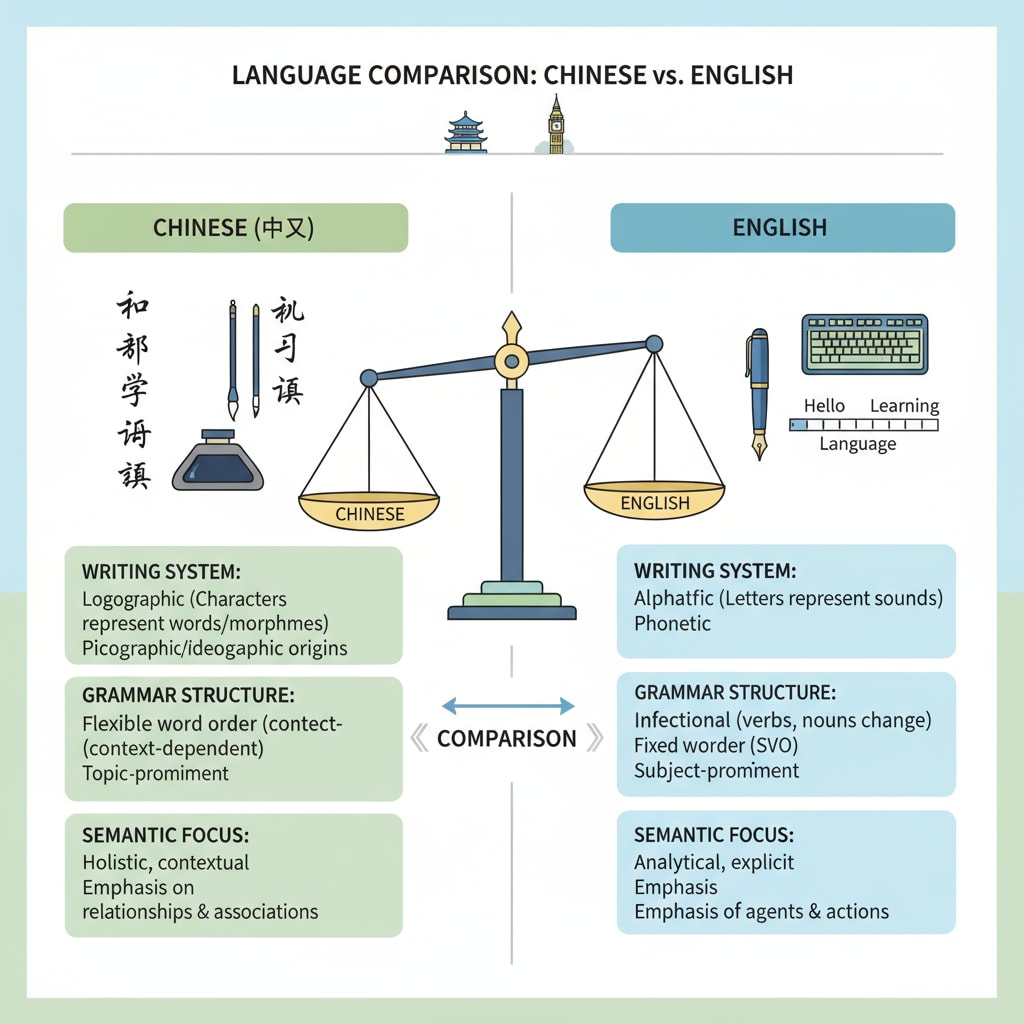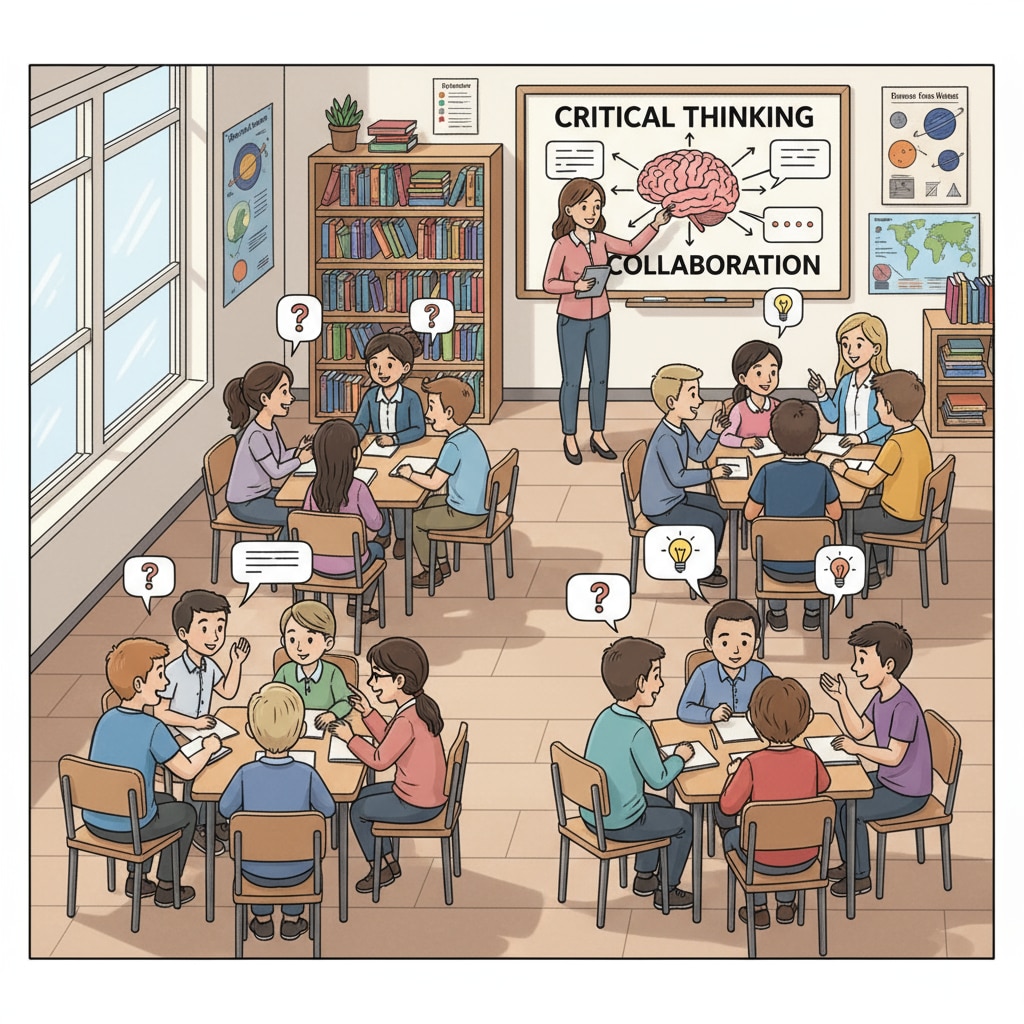The concepts of “zhi” in Chinese and “understand” in English not only represent language differences but also mirror distinct cultural thinking patterns. These differences have a profound impact on educational mindsets in the East and West. Language is not just a tool for communication; it is a carrier of culture and values. By examining these two terms, we can gain insights into the underlying cultural roots of education.

Deciphering “Zhi” and Its Cultural Implication
“Zhi” in Chinese has a broad range of meanings. It can refer to knowledge, awareness, or understanding. In the context of education, “zhi” often emphasizes the accumulation of facts and information. Chinese culture values the inheritance of wisdom from ancestors, and education is seen as a way to pass down this knowledge. For example, students are encouraged to memorize classic texts to absorb the wisdom of ancient sages. Chinese education system on Wikipedia
The Essence of “Understand” in Western Culture
“Understand” in English implies a deeper level of comprehension, involving making connections, analyzing, and interpreting information. Western education places great importance on critical thinking and independent exploration. Students are taught to question, experiment, and form their own opinions. This approach is influenced by the Western cultural emphasis on individualism and scientific inquiry. Education in the United States on Britannica

The gap between knowledge transmission and deep understanding becomes evident when comparing these two concepts. In Chinese education, the focus on “zhi” may sometimes lead to rote learning, where students can recite facts but struggle to apply them in real-life situations. On the other hand, Western education’s emphasis on “understand” might result in a lack of a solid knowledge foundation if not balanced properly.
In K12 education, finding a balance between these two thinking modes is crucial. Educators can incorporate elements of both cultures. For instance, they can use the Chinese approach of knowledge accumulation to build a strong base and then introduce Western teaching methods to encourage critical thinking and in-depth understanding.
Readability guidance: By highlighting these differences and suggesting a balanced approach, we aim to provide a comprehensive view of language and cultural influences on education. Using short paragraphs and clear headings helps to organize the content, while external links offer further resources for exploration. Incorporating relevant images also enhances the understanding of the complex relationship between language, culture, and education.


